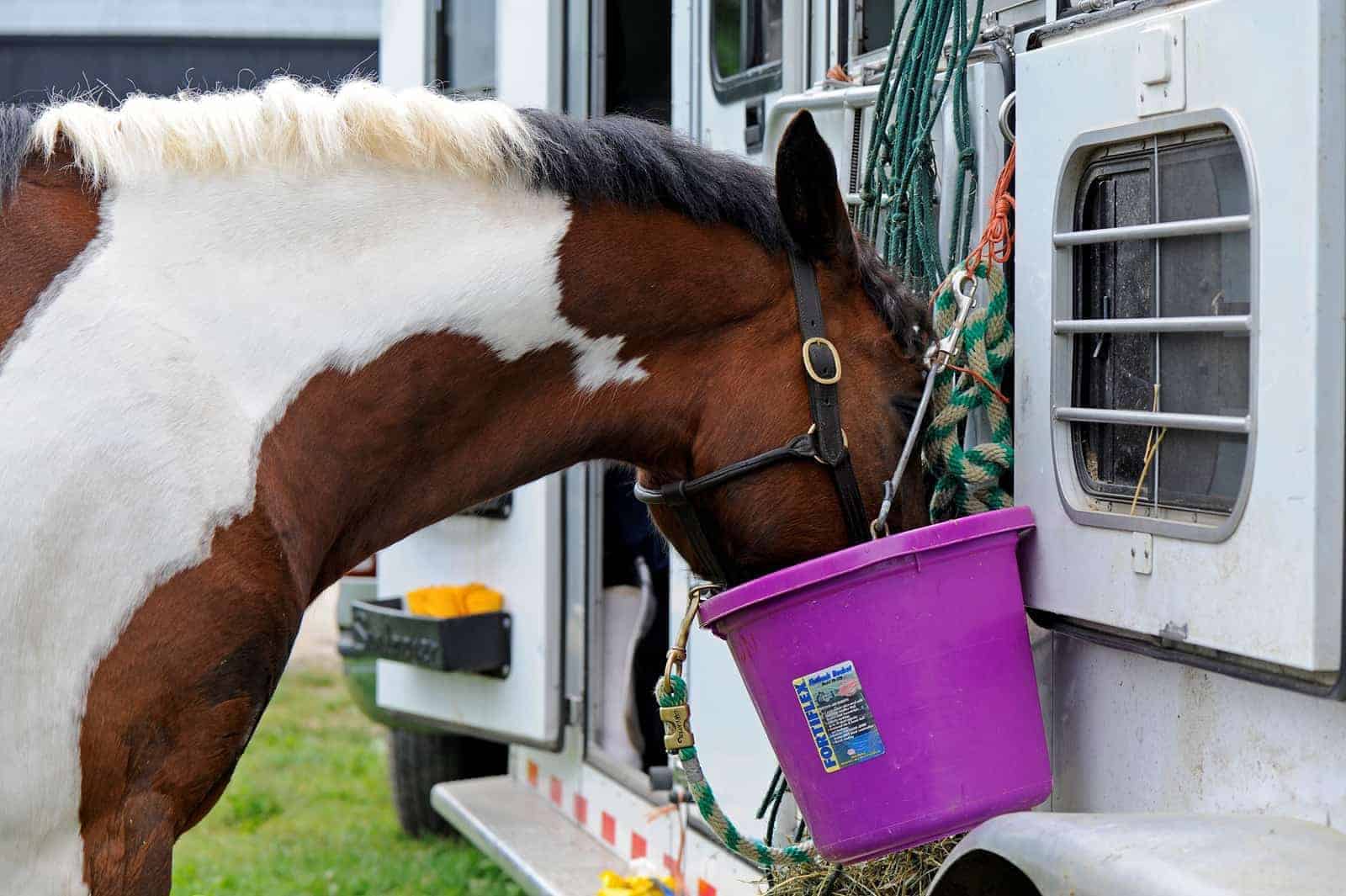4 Things to Know About Equine Pneumonia

Equine pneumonia is a life-threatening respiratory disease that often results in hospitalization. While foals are typically most at risk, horses of all ages are susceptible, so it is important to know what to look for and how to react. Todd Holbrook, DVM, Dipl. ACVIM, ACVSMR, clinical professor of large animal internal medicine at the University of Florida College of Veterinary Medicine, in Gainesville, answers questions about equine pneumonia to educate horse owners about risk factors, preventive measures, and steps to take when faced with a pneumonia case.
Q: What increases my horse’s chance of getting pneumonia?
A: Risk increases most commonly from long-distance shipping and inadequate vaccination for respiratory viruses. One important difference between the anatomy of the pulmonary system in people and horses that predisposes horses to pneumonia is the comparative length of the trachea (windpipe). The hairlike projections (cilia) that rhythmically beat toward the nose move respiratory secretions to the pharynx, where they get swallowed. This process is called the mucociliary escalator. When horses lower their long necks to graze, it facilitates the removal of these secretions. Shipping horses long distances (more than six hours) with their heads elevated prevents this important process of removing respiratory secretions, which can become contaminated by pharyngeal bacteria. Pneumonia that develops in this manner is appropriately called “shipping fever,” which can rapidly progress to life-threatening pleuropneumonia, which occurs when the infection invades the pleural cavity (chest compartment). Viral infections of the upper respiratory tract (influenza, equine herpesvirus-1 and -4) damage the lining of the airway, which leads to failure of the mucociliary escalator and secondary bacterial pneumonia.
Q: What can I do to reduce my horse’s chances of pneumonia?
A: Consult your veterinarian to maintain proper vaccination of your horse against respiratory pathogens. When shipping more than 500 miles or six hours, stop periodically to allow your horse to drop his head to drink or eat and help speed the removal of pulmonary secretions. It is also important to make sure your horse is drinking an adequate amount of water to maintain hydration. With long-distance shipping, mild to moderate dehydration commonly occurs and can also slow the mucociliary escalator. After shipping long distances, closely monitor your horse’s attitude, appetite, respiratory rate, and rectal temperature for several days.
Q: If I suspect my horse might have pneumonia, what can I do until the vet gets here?
A: Separate him from other horses in case the cause of the suspected pneumonia is contagious. If the ambient temperature is high, keep the horse in a shaded area with good ventilation. If the horse has a high fever, apply cool water or an alcohol bath to help reduce his body temperature. Do not administer antibiotics before your veterinarian arrives, as they might negatively affect the results of diagnostic testing.
Q: How is equine pneumonia similar and different to pneumonia in humans?
A: The basic types of pathogens (bacteria, viruses, and fungi) that cause pneumonia in people and horses are the same, but most are species-specific and do not cause infection in both humans and horses. The potential routes of infection that cause pneumonia in horses are essentially the same as in humans. These include aspiration, blood-borne, inhalation, and direct inoculation (chest trauma). The oral cavity and pharynx have high bacterial populations, so aspiration of these contents with or without food material is a frequent cause of pneumonia in both horses and humans. In horses, esophageal obstruction (choke) is the most common cause of aspiration, while other causes are common in people. Blood-borne infection is one of the more common causes of pneumonia in neonatal foals that consume inadequate colostrum (the mare’s first antibody-rich milk) in the first 24 hours of birth. Inhalation is the most common route of infection for viral pathogens that cause upper airway infection and occasionally pneumonia in both species. Viral infection is a major risk factor for bacterial pneumonia in horses. Direct inoculation associated with trauma is a rare cause of pneumonia in horses.
Written by:
Todd Holbrook, DVM, Dipl. ACVIM
Related Articles
Stay on top of the most recent Horse Health news with















